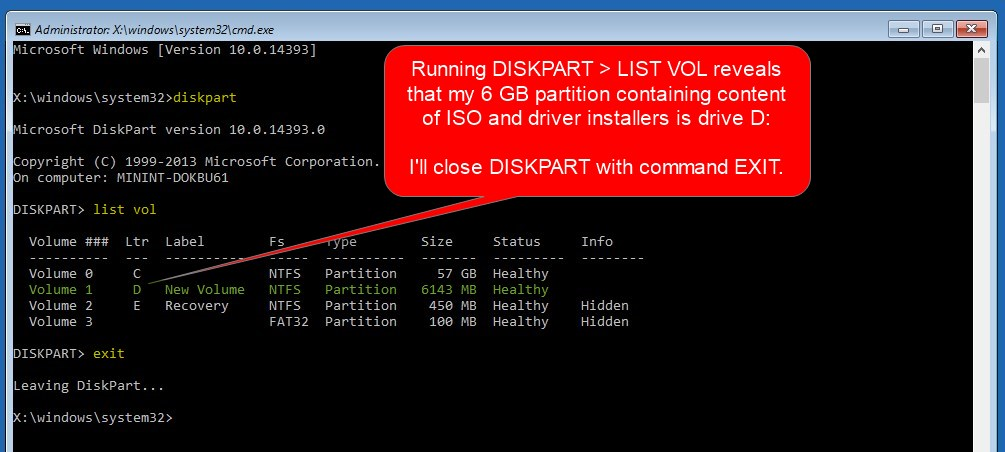

One of the suggestions I ran into was using MBR instead of GPT to partition the USB boot disk, but the Surface Go refused entirely to boot from that because it’s a UEFI computer. Creating a USB drive partitioned with MBR.


I generally use balenaEtcher for this task, but it failed here (likely because of the file that was larger than 4 GB). Using a standard bootable-USB creation tool.Here are some of the things I tried that didn’t work. The narrative above makes it seem like this was a straightforward process, but it was nothing of the sort. Fortunately, that all worked as described, and the install completed successfully. This stymied me for a couple of days, but eventually I stumbled on this article which laid out a complex choreography of stepping through the install, letting it fail, removing the USB boot disk entirely, retracing part of the install and letting it fail again, reinserting the USB boot disk, and then restarting the install again in a context that would allow it to proceed. As far as I understand it, the installer was able to set up partitions appropriately on the internal drive, but when it moved on to the next step, it thought it was trying to install Windows on the USB boot disk, and (reasonably) refused to do so. The closest description of what I ran into was in this TechNet post. Second Obstacleīooting the Surface Go from the USB boot disk was easy the computer was configured to check USB first, so it flowed cleanly into the install. At the end of those instructions, I had a bootable USB disk that I could use to install Windows 10… or so I thought. After lots and lots of false starts, I found these instructions that walked me through downloading a Windows 10 64-bit ISO, formatting the USB disk as GPT:FAT32, and copying the ISO files over (including the step where I had to split one of the files that was larger than 4 GB so it’d fit on a FAT32 filesystem). Microsoft has a built-in “ Recovery Media Creator”, but that only works if you have a working Windows machine and all I had to hand was a Mac. That led me to the first problem: how to make a Windows 10 USB boot disk. Neither worked and neither told me why not, so I decided to go with a clean reinstall. I first tried using the built-in recovery environment to “reset” and “recover” the operating system.


 0 kommentar(er)
0 kommentar(er)
